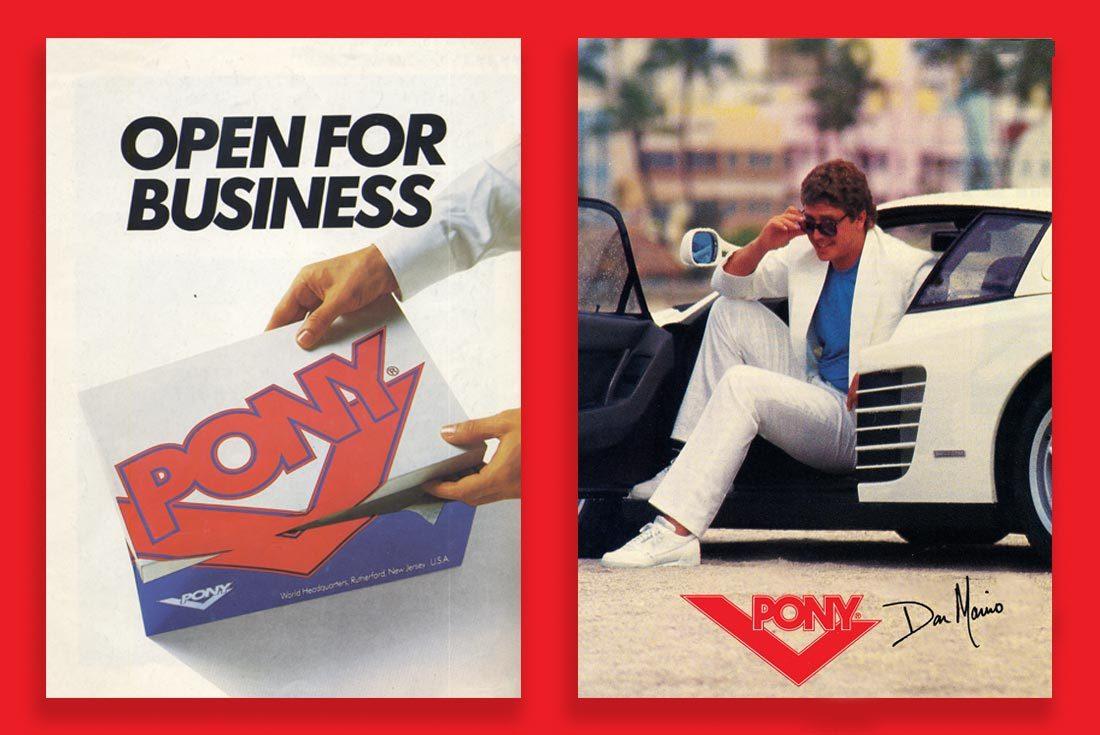PONY Up: How New York's Finest Sneakers Took Flight
Born in Manhattan back in 1972, long before anyone gave a flying Swoosh, Pony was founded by Uruguay-born entrepreneur Roberto Muller, a charismatic maverick who lived life by the seat of his pants. Literally the heart and sole of the company, Muller created Pony in his own image, which is to say it was equal-parts energetic, rambunctious and oh-so-ambitious. Within a few short years, this self-styled Yankee swagger had Pony strutting the globe at the vanguard of a new era in athletic colonialism.







